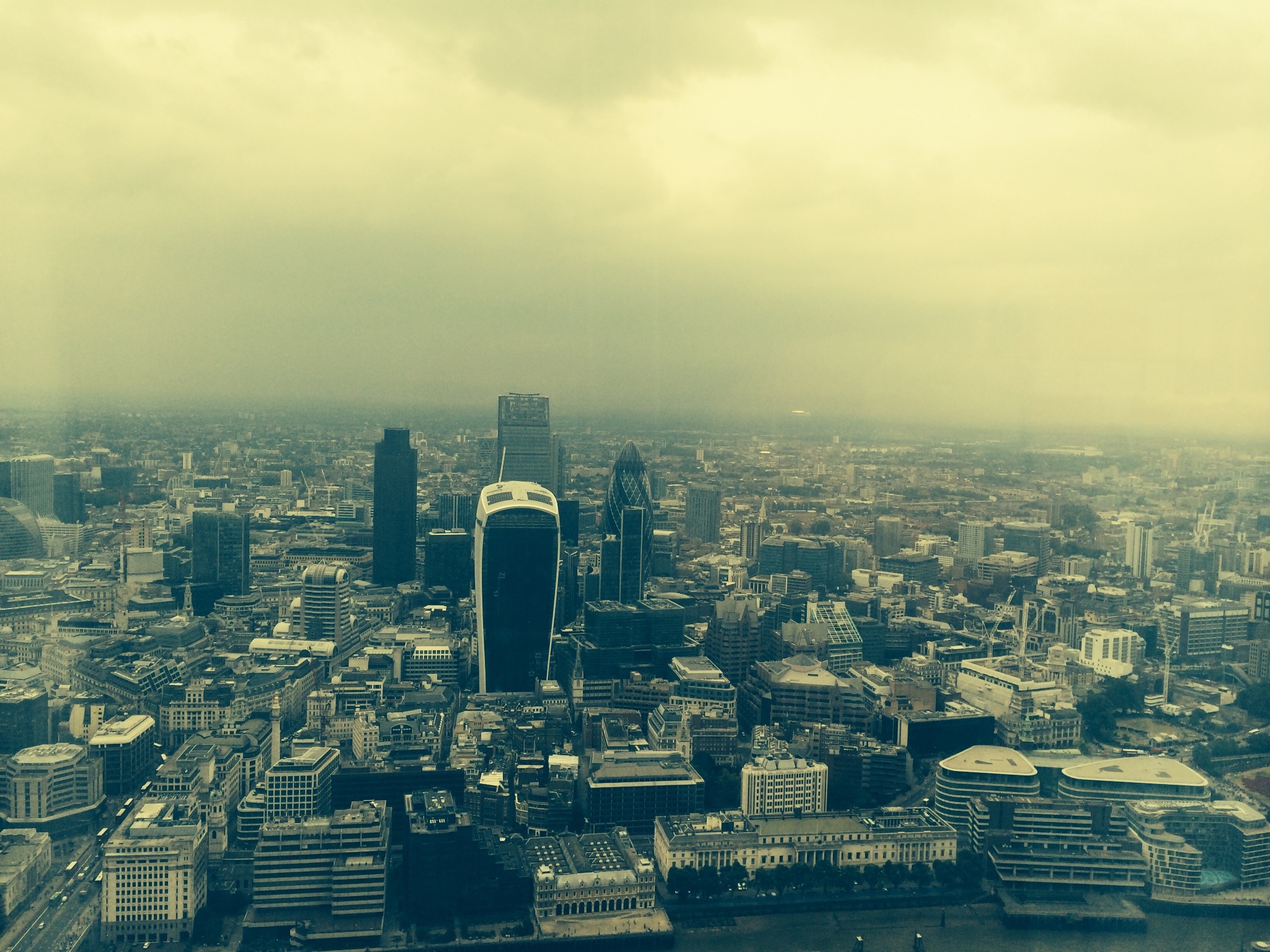The lime restriction zones in London refer to areas where specific regulations or limitations are in place for the use of Lime electric scooters and bikes. These zones are often established to manage traffic flow, ensure safety, and reduce congestion in heavily populated areas, as well as to protect pedestrian zones or areas with high foot traffic.
Lime, like other e-scooter and bike-sharing companies, works closely with local councils to determine the boundaries of these zones. Within them, users may experience limitations such as reduced speed limits for their scooters or restrictions on parking and riding. Lime uses geofencing technology to impose these restrictions: when a vehicle enters a restricted area, it may automatically slow down or stop.
The purpose of these zones is to ensure a balanced integration of new mobility solutions like e-scooters into the urban environment, minimizing disruptions and maximizing safety for all city dwellers. It’s essential for users to stay informed about the specific rules and boundaries of restriction zones, which can typically be accessed via the app’s map features. Failure to comply with these rules might not only lead to fines but could also contribute to negative public sentiment towards the scheme, potentially affecting its future operations.

Thank you for shedding light on the lime restriction zones in London! It’s crucial that cities adapt to new mobility solutions like e-scooters while ensuring pedestrian safety and smooth traffic flow. One aspect that could enhance the effectiveness of these restrictions is community engagement. Local councils could benefit from involving residents in discussions about where and how these zones are established. Gathering feedback from both users and non-users can lead to more informed decisions that reflect the needs and concerns of the entire community.
Additionally, ongoing education about the rules and recreational opportunities in these zones could foster a more positive attitude toward e-scooter programs. Perhaps initiatives like community rides or workshops could help bridge the gap between e-scooter users and pedestrians, thus enhancing public perception. Ultimately, these steps could support the sustainable integration of e-scooters, benefiting everyone in the urban landscape. What do you think?
Understanding Lime Restriction Zones: A Resident’s Perspective
As a long-time London resident, I appreciate the intention behind the lime restriction zones designed to enhance safety and reduce congestion. However, I believe there are a few additional considerations we should discuss to optimize their effectiveness.